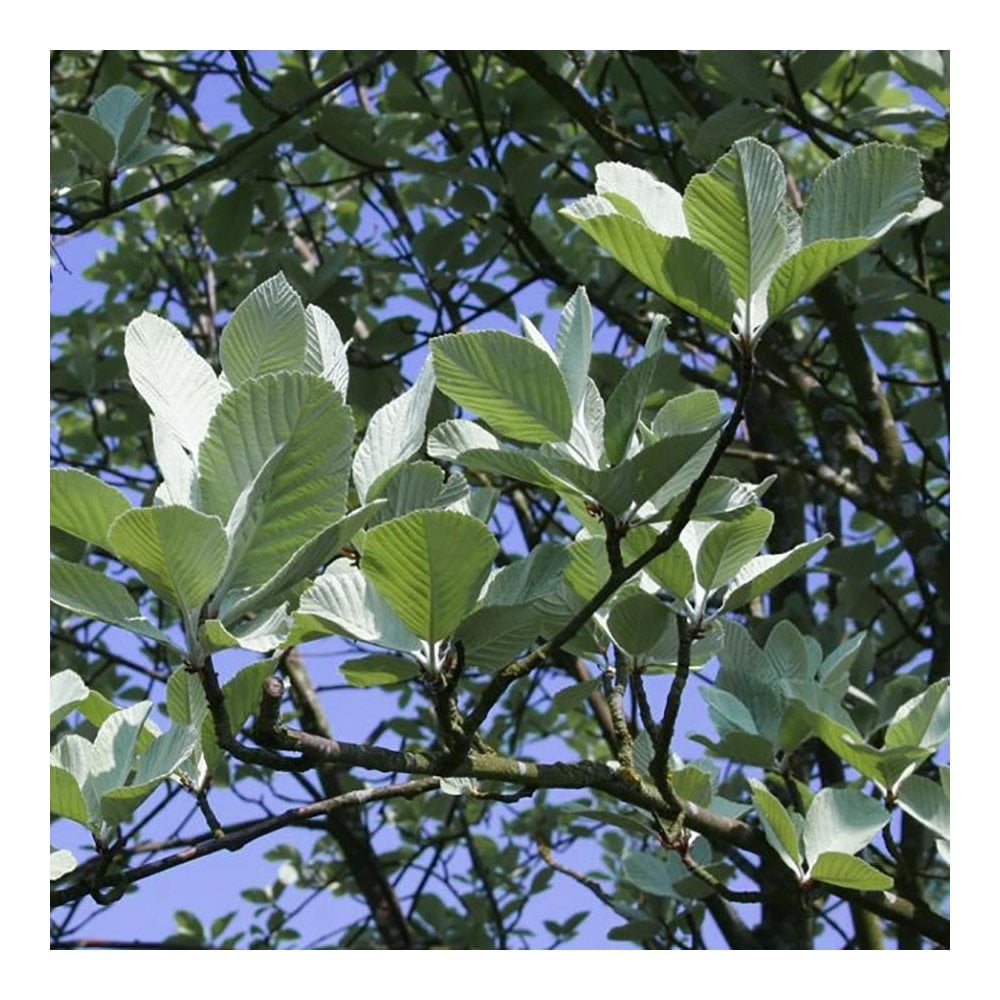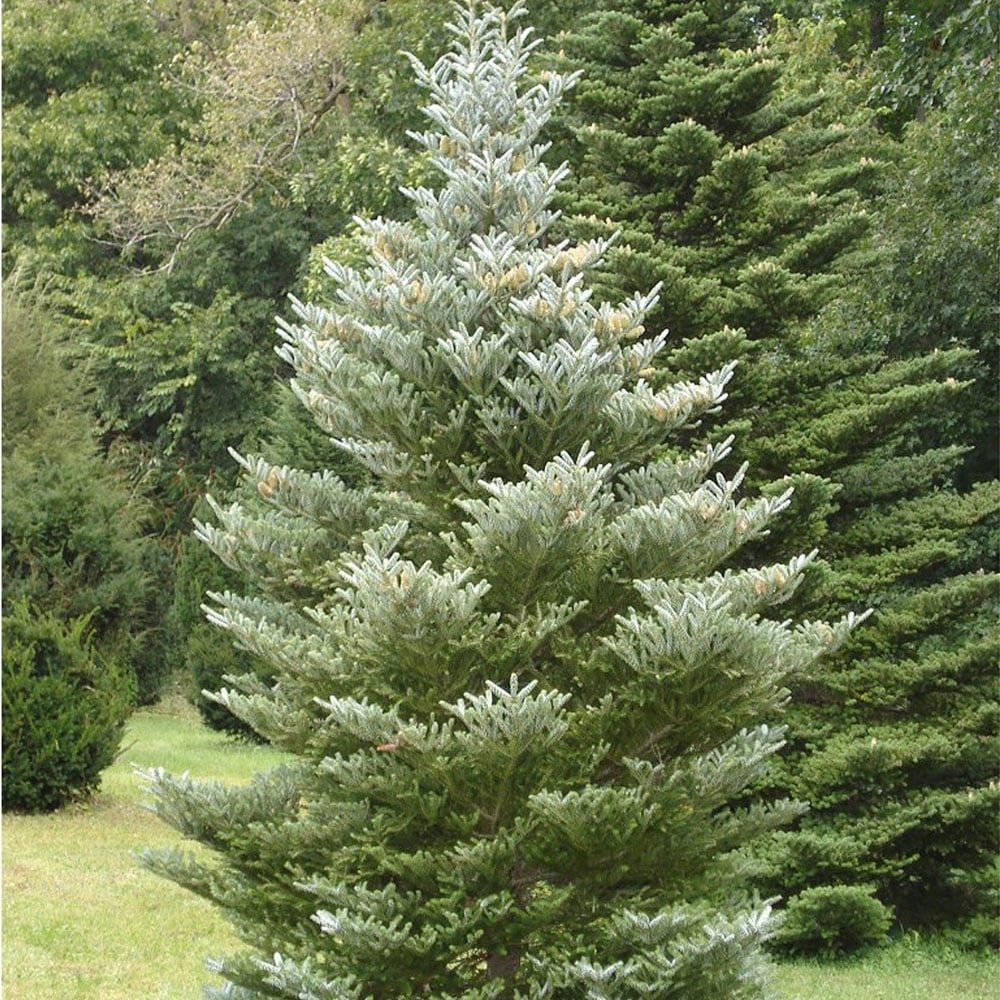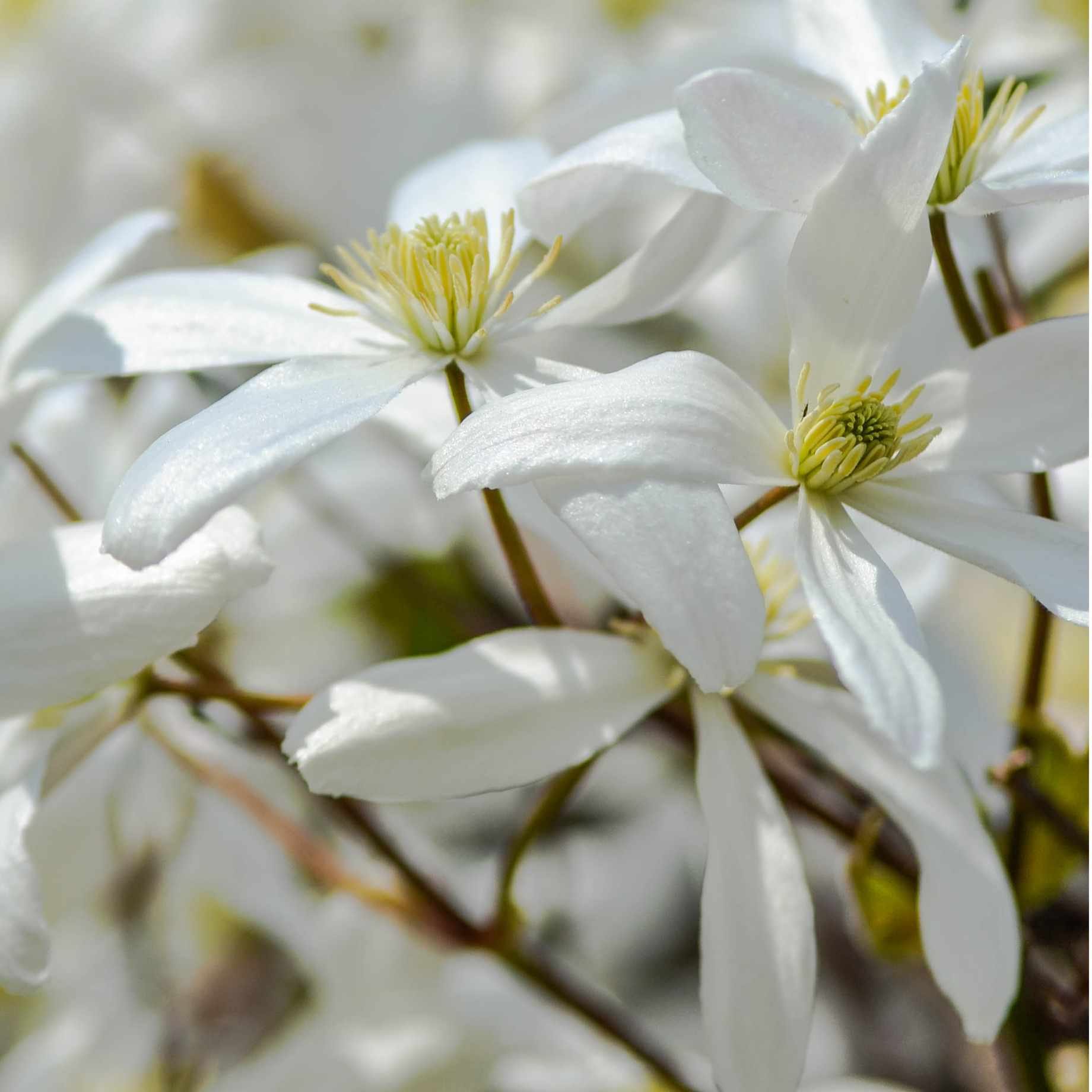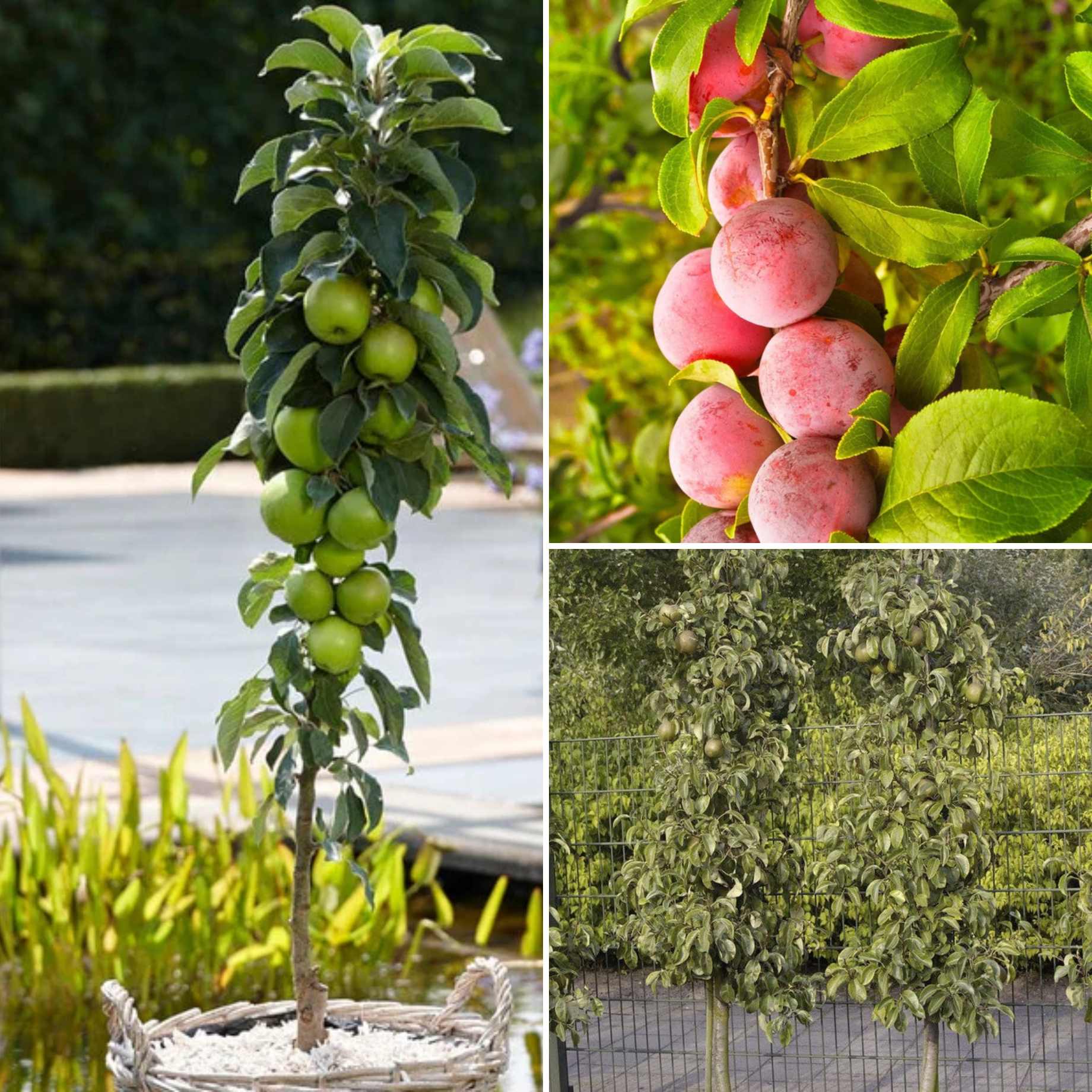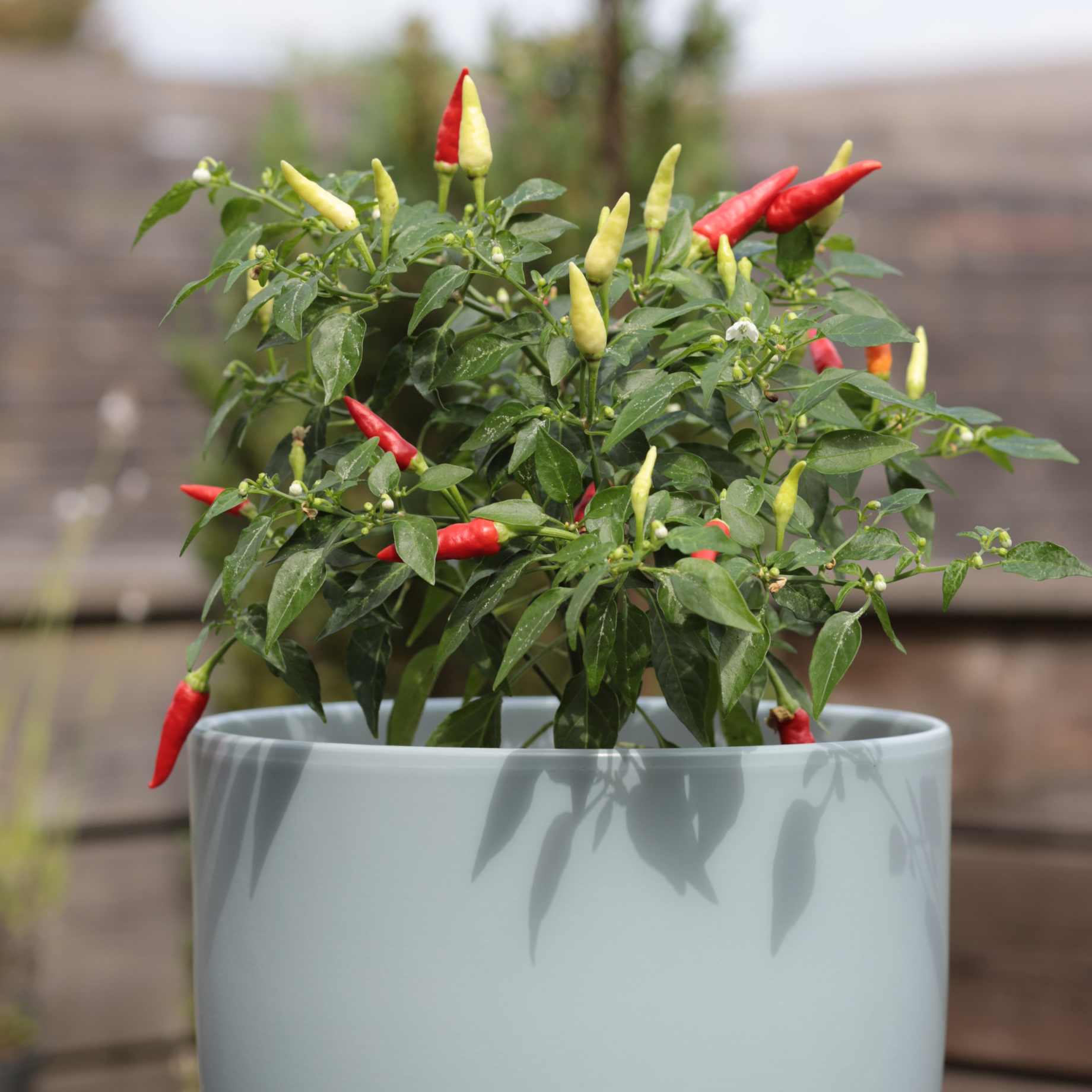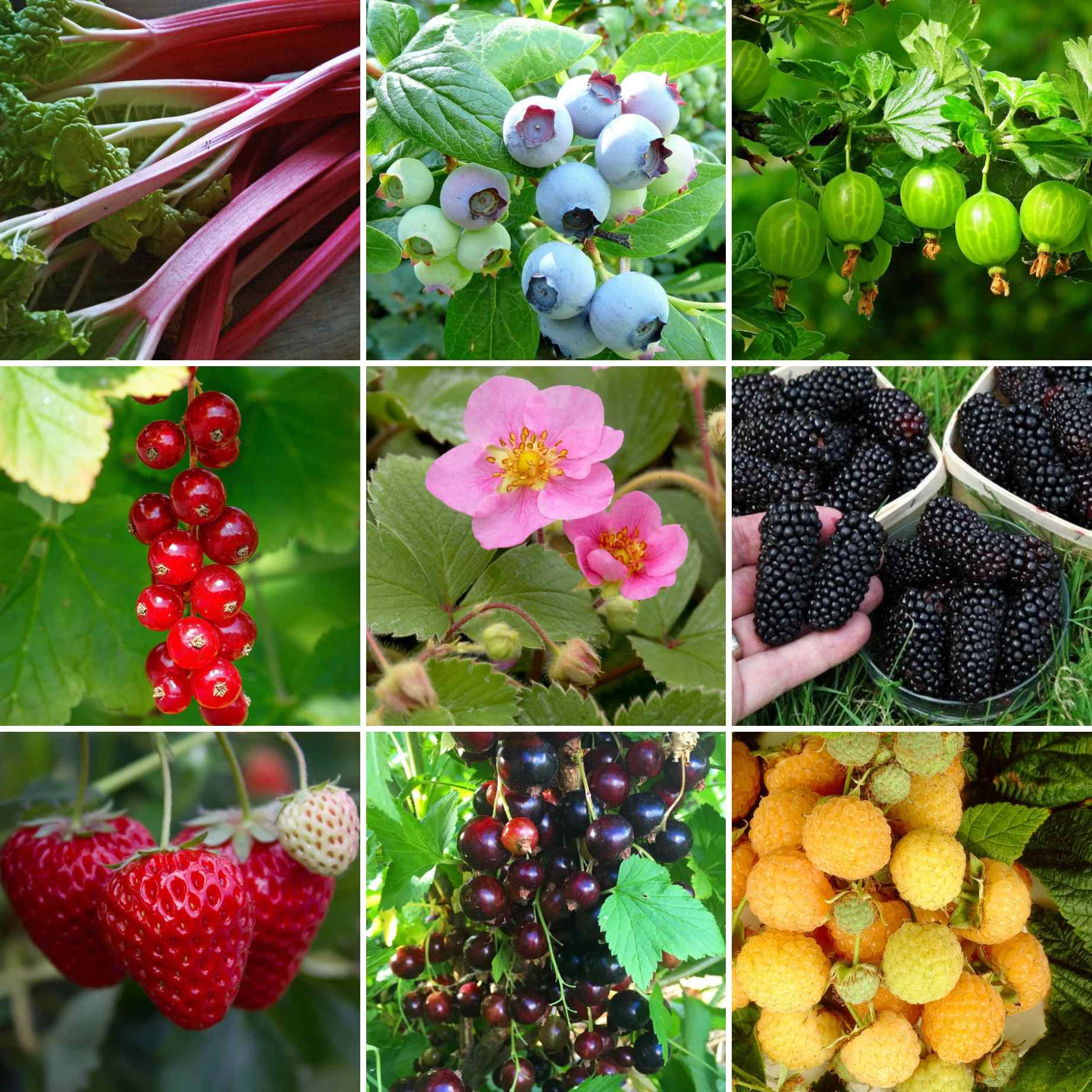Key features
AwardsRHS Award of Garden Merit
Final size3.5 x 3.5 metres in 20 years
FoliageHeart-shaped green leaves (deciduous)
FlowersScented creamy yellow flowers in spring/summer
SoilPrefers moist yet well-draining soil
Description
Popular for its unusual creamy yellow flower, Syringa vulgaris ‘Primrose’ produces masses of these strongly scented flowers in May-June. Mid to dark green, heart-shaped foliage makes an appealing foil for the large cream flowers in spring and summer, which attract all kinds of wildlife such as bees and butterflies.
A fantastic large shrub or small garden tree, Primrose Lilac will reach around 3.5 x 3.5 metres in 20 years. This Lilac variety grows well in full sun to light shade in well-drained soil and is tolerant of alkaline soils.
With the RHS AGM, this Yellow Lilac tree is a fantastic choice for many styles of garden, particularly nature gardens as it attracts a wealth of pollinating insects.
AKA Yellow lilac shrub, Syringa vulgaris Primrose
Planting Steps
1Preparation
- Pot-grown plants can be planted at any time of year, whereas bare roots need to be planted between November and March.
- Clear weeds and grass within a metre of the planting hole.
- Dig a hole as deep as the root mass and twice as wide.
- To help your plant establish more effectively, sprinkle Rootgrow in the hole.
2Planting
- Gently loosen the roots and place into the planting hole.
- Ensure the top of the plant’s compost is flush with the level of the surrounding soil and the graft union or collar of the tree is above ground level.
- Mix 50% of the original soil with 50% compost.
- Fill in the hole, firming the soil gently.
3Last Steps
- Water generously around the base of the plant.
- If you are planting either a single stem tree or mature standard tree, we recommend adding a staking kit and rabbit guard.
Aftercare Advice
Trees and shrubs require a good watering regime for a couple of years whilst they establish. Water well and regularly through spring and summer, increasing in hot or dry weather. If planting in autumn, you may only need to water a little. It is advisable to keep the area free of competing weeds and grass during this period.
For more detailed advice and video guides, please visit our Help & Advice section.


